https://fsus.ncbg.unc.edu/main.php?pg=show-taxon-detail.php&lsid=urn:lsid:ncbg.unc.edu:taxon:{3097BF01-D719-439F-BEDE-0C8874B4231D}

Origin/Endemic status: Native
Other Comments: A common and familiar "native weed".
Synonymy: = Ar, C, F, Fl6, G, GrPl, Il, K1, K3, K4, NcTx, NE, NY, Pa, RAB, S, Tat, Tn, Tx, Va, W, WH3, WV
Wetland Indicator Status:
- Atlantic and Gulf Coastal Plain: FACU
- Eastern Mountains and Piedmont: FACU
- Great Plains: FAC
- Midwest: FACW
- Northcentral & Northeast: FACW
Heliophily: 7
Hover over a shape, letter, icon, or arrow on the map for definition or see the legend.
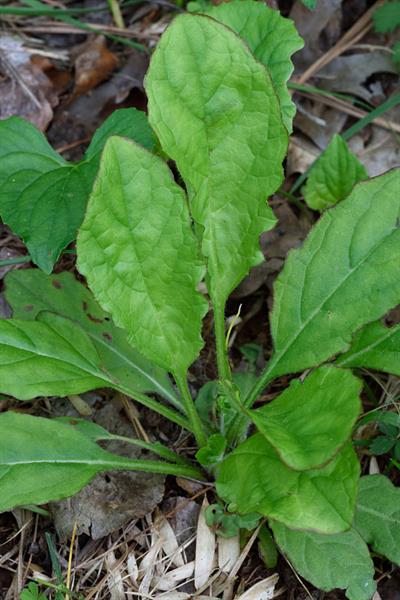 © Gary P. Fleming | Original Image ⭷
© Gary P. Fleming | Original Image ⭷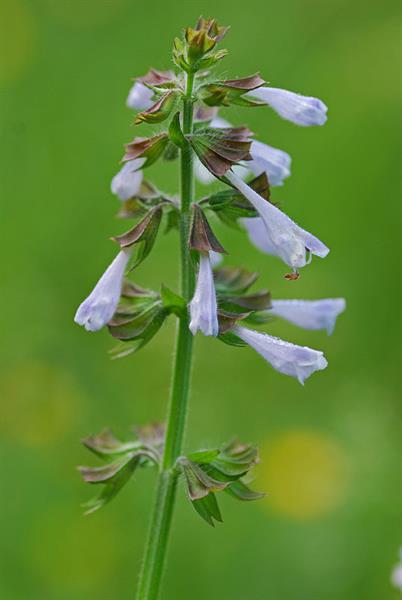 © Gary P. Fleming | Original Image ⭷
© Gary P. Fleming | Original Image ⭷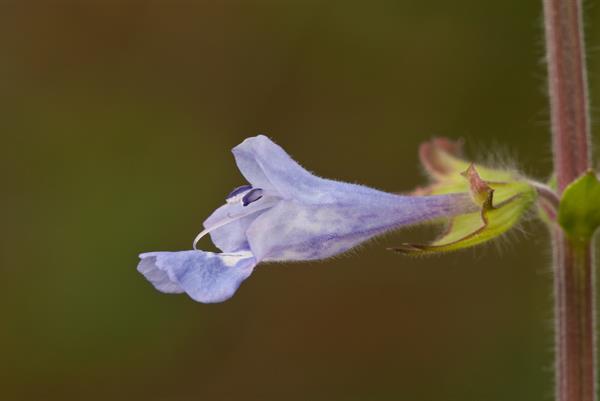 © Keith Bradley | Original Image ⭷
© Keith Bradley | Original Image ⭷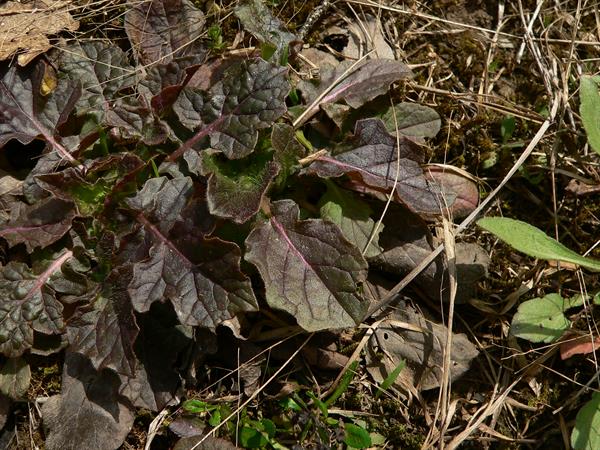 © Richard & Teresa Ware CC-BY-NC, permission granted to NCBG | Original Image ⭷
© Richard & Teresa Ware CC-BY-NC, permission granted to NCBG | Original Image ⭷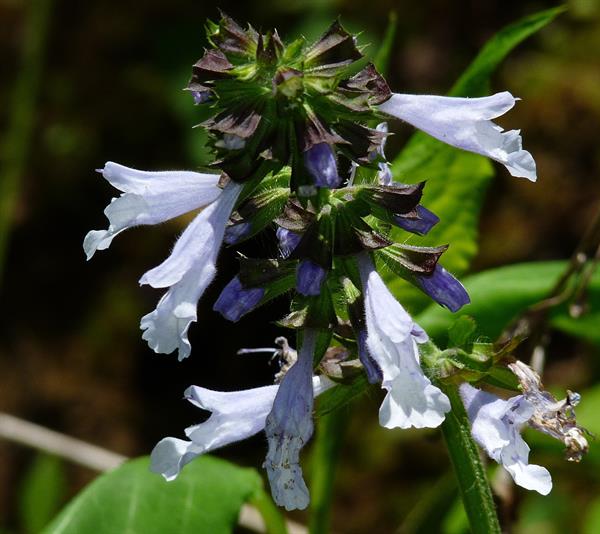 © Richard & Teresa Ware CC-BY-NC, permission granted to NCBG | Original Image ⭷
© Richard & Teresa Ware CC-BY-NC, permission granted to NCBG | Original Image ⭷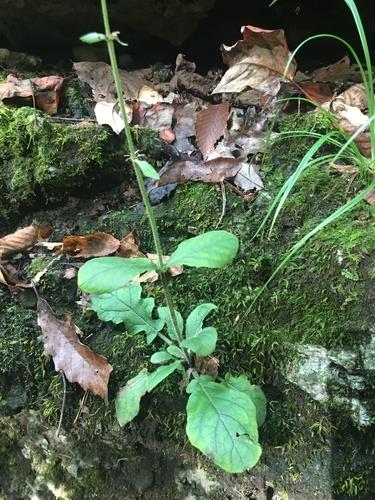 © Joey Shaw source | Original Image ⭷
© Joey Shaw source | Original Image ⭷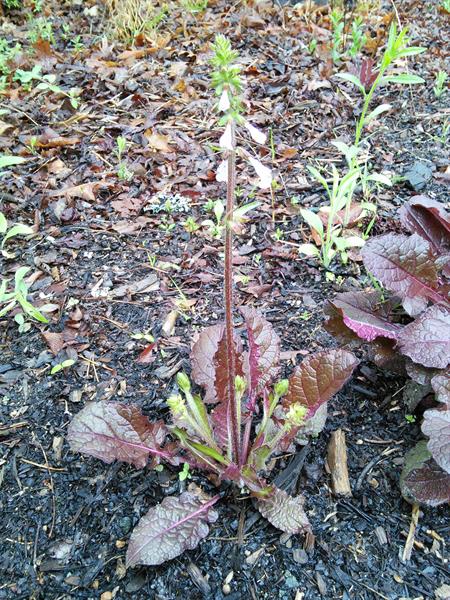 © Grant Morrow Parkins | Original Image ⭷
© Grant Morrow Parkins | Original Image ⭷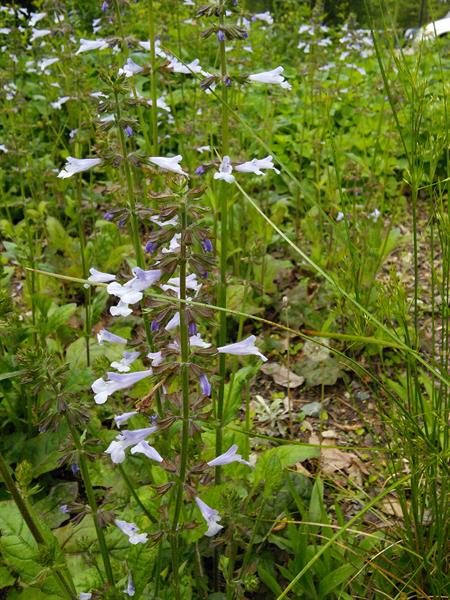 © Grant Morrow Parkins | Original Image ⭷
© Grant Morrow Parkins | Original Image ⭷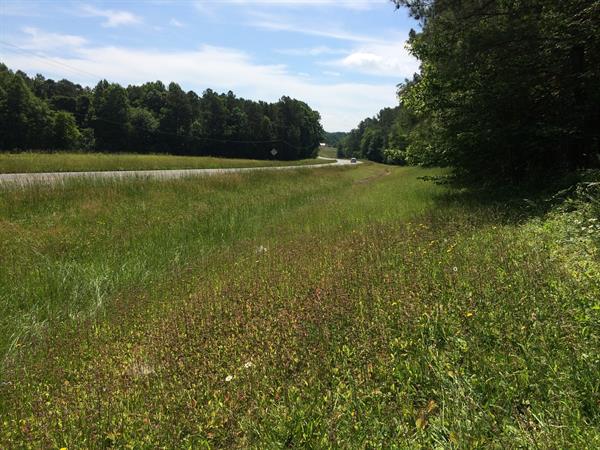 © Collectors SOS | Original Image ⭷
© Collectors SOS | Original Image ⭷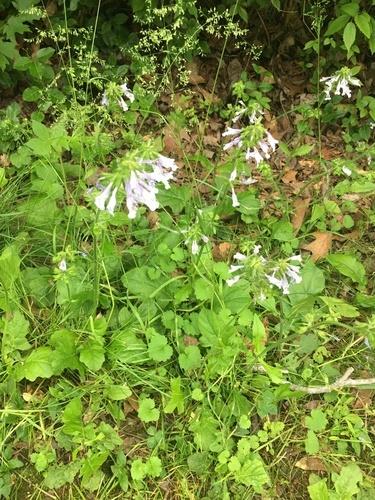 © Joey Shaw source | Original Image ⭷
© Joey Shaw source | Original Image ⭷Feedback
See something wrong or missing on about Salvia lyrata? Let us know here: (Please include your name and email if at all complicated so we can clarify if needed.)
Cite as...